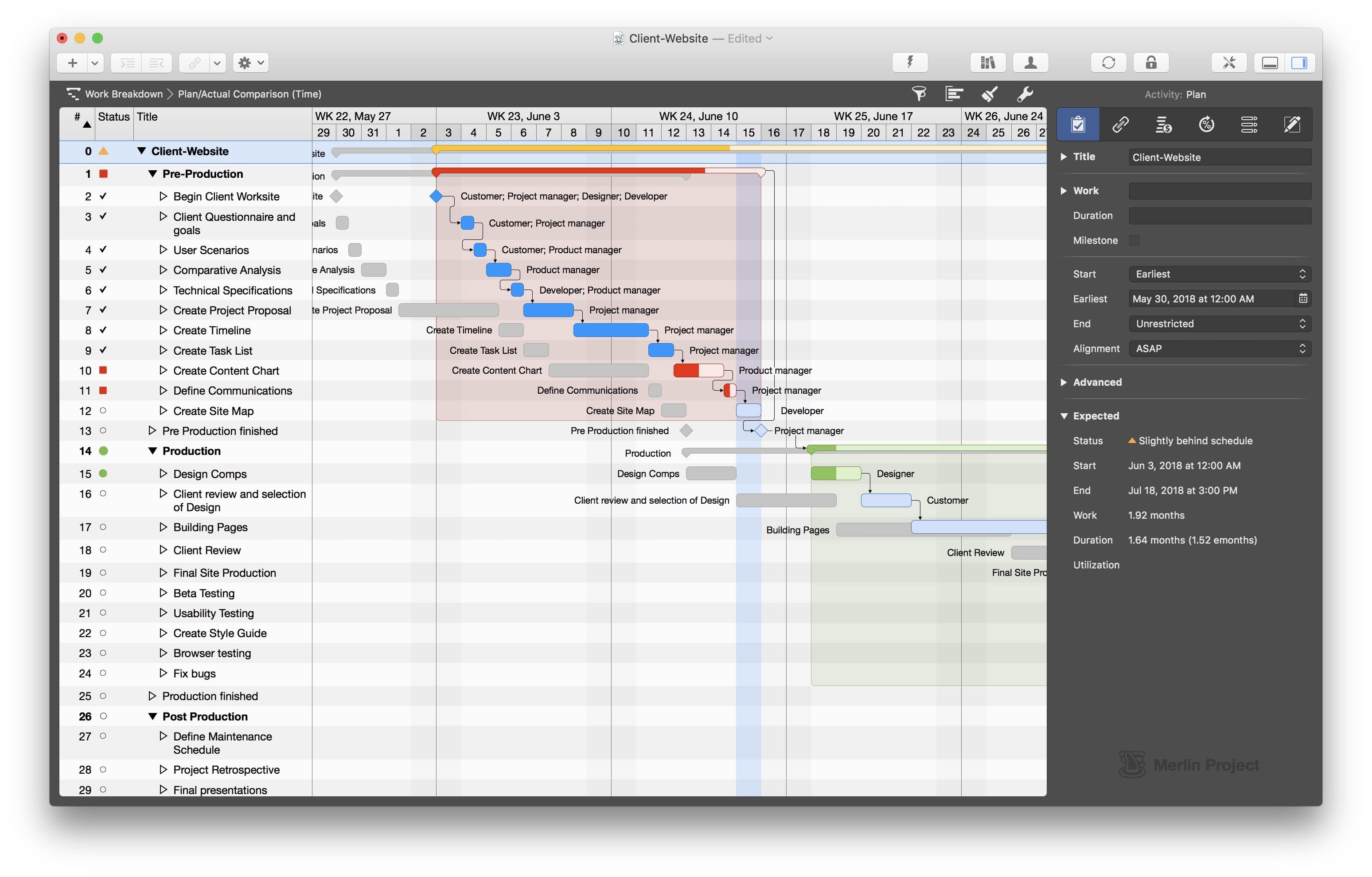
- #The merlin project predictions how to
- #The merlin project predictions series
- #The merlin project predictions download
Recent research confirms that temporally fine-grained labels can help improve audio classification performance. As a result of these efforts, the model has the opportunity to learn a more accurate representation of which sounds correspond to which species (and which sounds are ambient noises). The process of generating this data is labor intensive, because it requires sound ID experts to listen to each audio file carefully. Merlin’s Sound ID tool is trained using audio data which includes the precise moments in time when each bird is vocalizing. This can lead to problems: if other species are singing in the same recording, the model will erroneously call all species in the recording a White-breasted Nuthatch, leading to false predictions. For instance, a model might hear a 30 second recording of a White-breasted Nuthatch, but not be told when the nuthatch is singing in the recording.

Previous bird sound ID models have typically been trained using data with a coarser level of temporal resolution. Similar techniques have been used to monitor the activity of bats, as well as find patterns in whale songs. There have been many other approaches to bird sound ID through the years, the result of engineering contests such as BirdClef and DCASE, among many others. In fact, Merlin draws inspiration from a number of other projects, including BirdNET and BirdVox. Merlin is not the first to use deep convolutional neural networks to identify birds by their sounds. After evaluating a trained model’s performance, we make adjustments to the training algorithm, ask the sound ID experts to label more audio clips, and try to locate any human errors in the previously labeled data. This weight updating process is the “learning” part of machine learning.īuilding the sound ID model is an iterative process, involving a back-and-forth between the sound ID experts, members of the machine learning team, and people who provide feedback based on field tests of the app.
#The merlin project predictions how to
The gradient descent algorithm figures out how to adjust the value of each weight to ensure that the model’s predictions match those of the sound ID experts.
#The merlin project predictions series
When the model “hears” a sound clip, it makes a prediction that is based on the transformation of the sound clip’s spectrogram through a series of mathematical operations involving millions of numbers (called weights). So how does it work? Once the database of sounds is assembled, we train the computer vision model using a gradient descent algorithm.
#The merlin project predictions download
Download it today for free and test it out in your own backyard! If you happen to be located in the Northeastern United States you can test out Sound ID on the audio below which was recorded in New Hampshire. Sound ID runs on your device, without requiring a network connection. and Canada based on their sounds (with more species and regions coming soon). Currently, Merlin can identify 458 bird species in the U.S. Sound ID lets people use their phone to listen to the birds around them, and see live predictions of who’s singing.

Today we announced one of our biggest breakthroughs-Sound ID, a new feature in the Merlin Bird ID app-and a major leap forward in sound identification and machine learning to date. What is Sound ID? A screenshot showing the detection of a White-throated Sparrow.


 0 kommentar(er)
0 kommentar(er)
